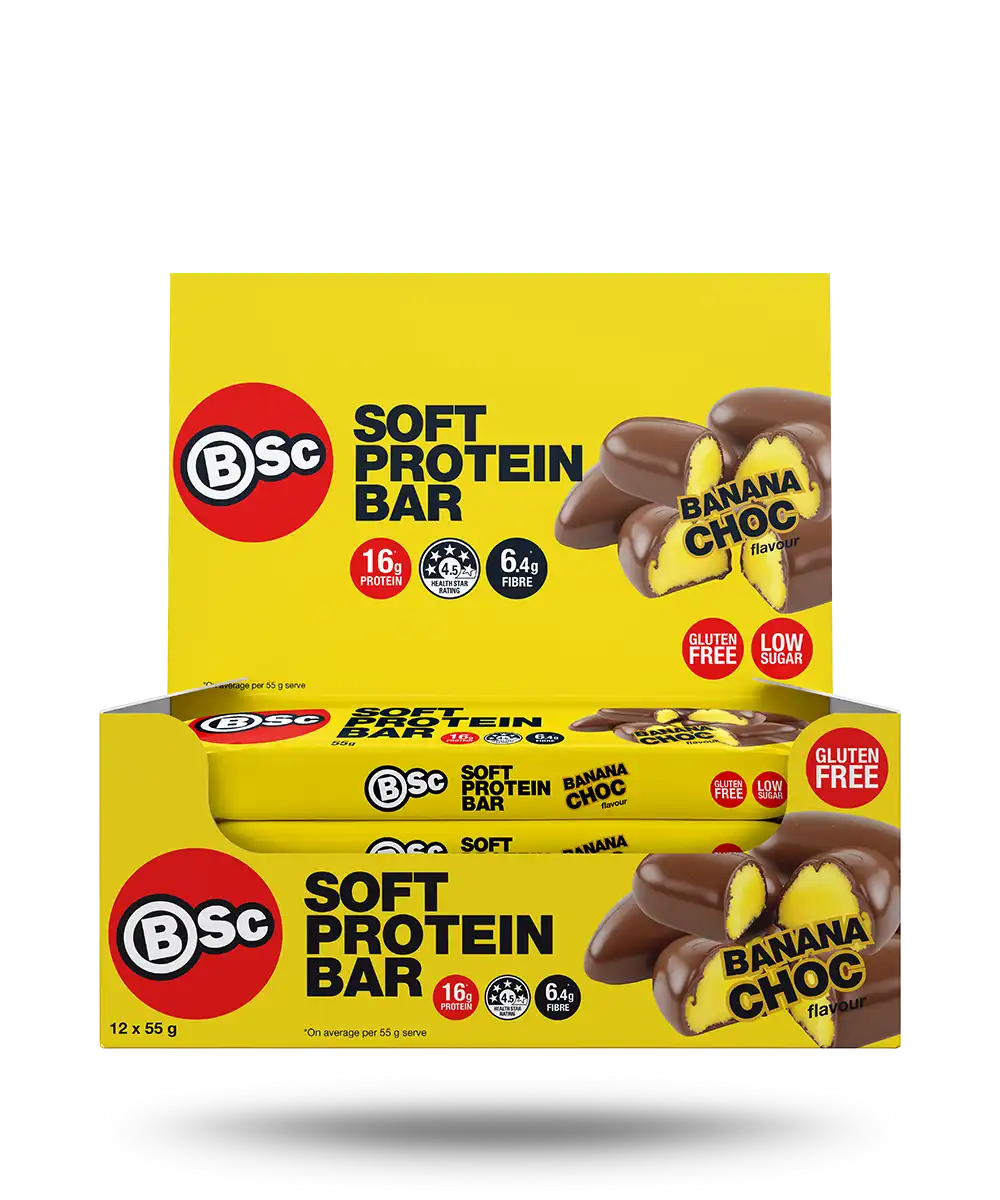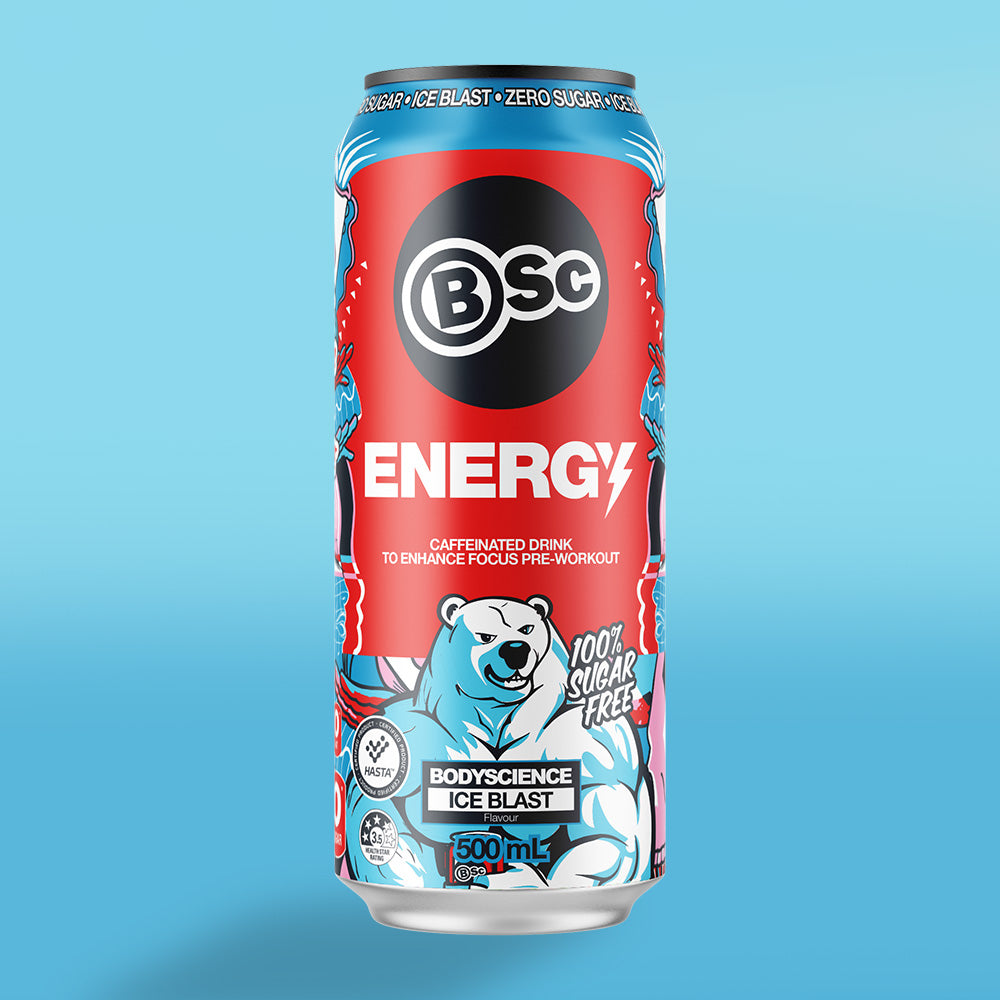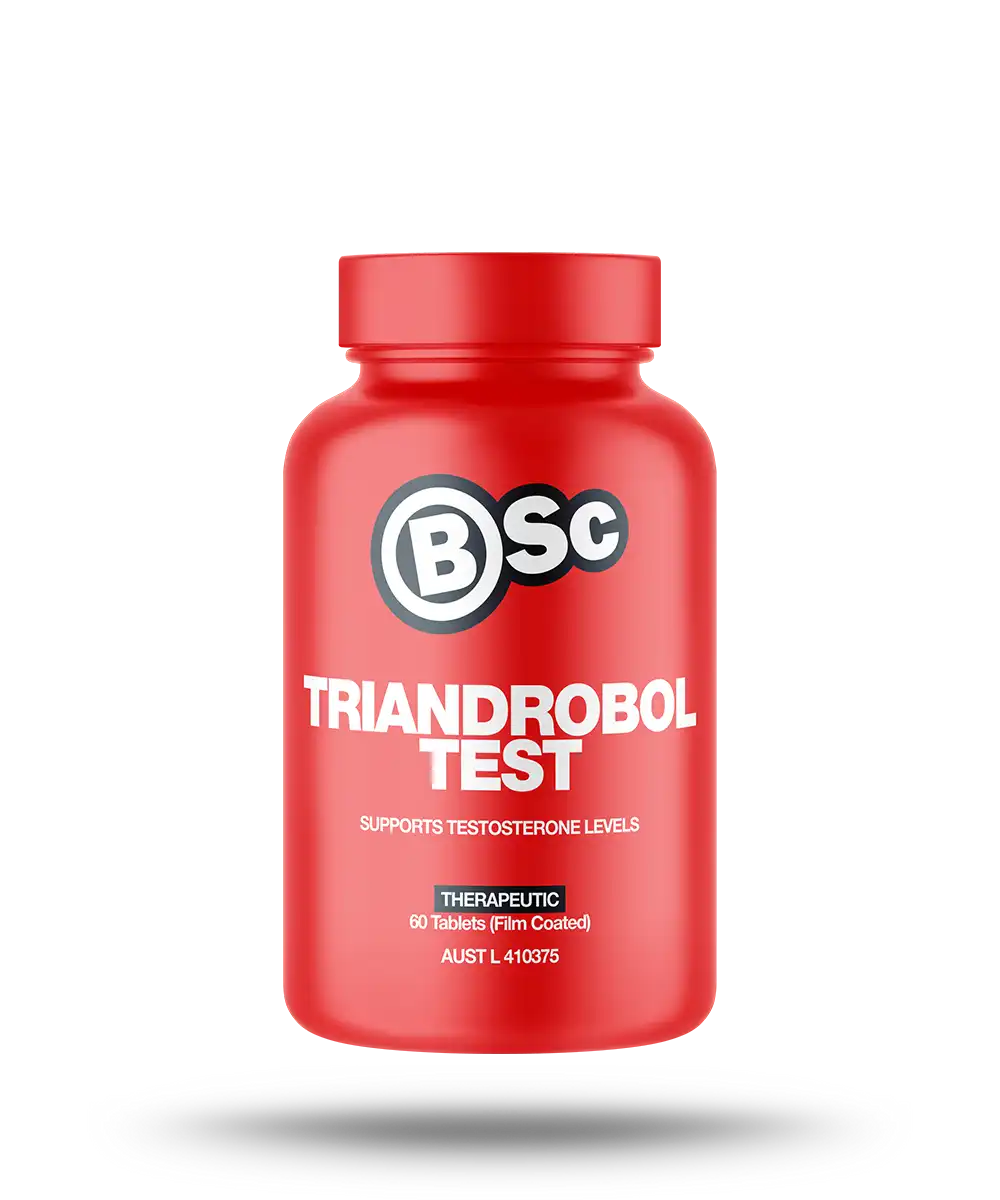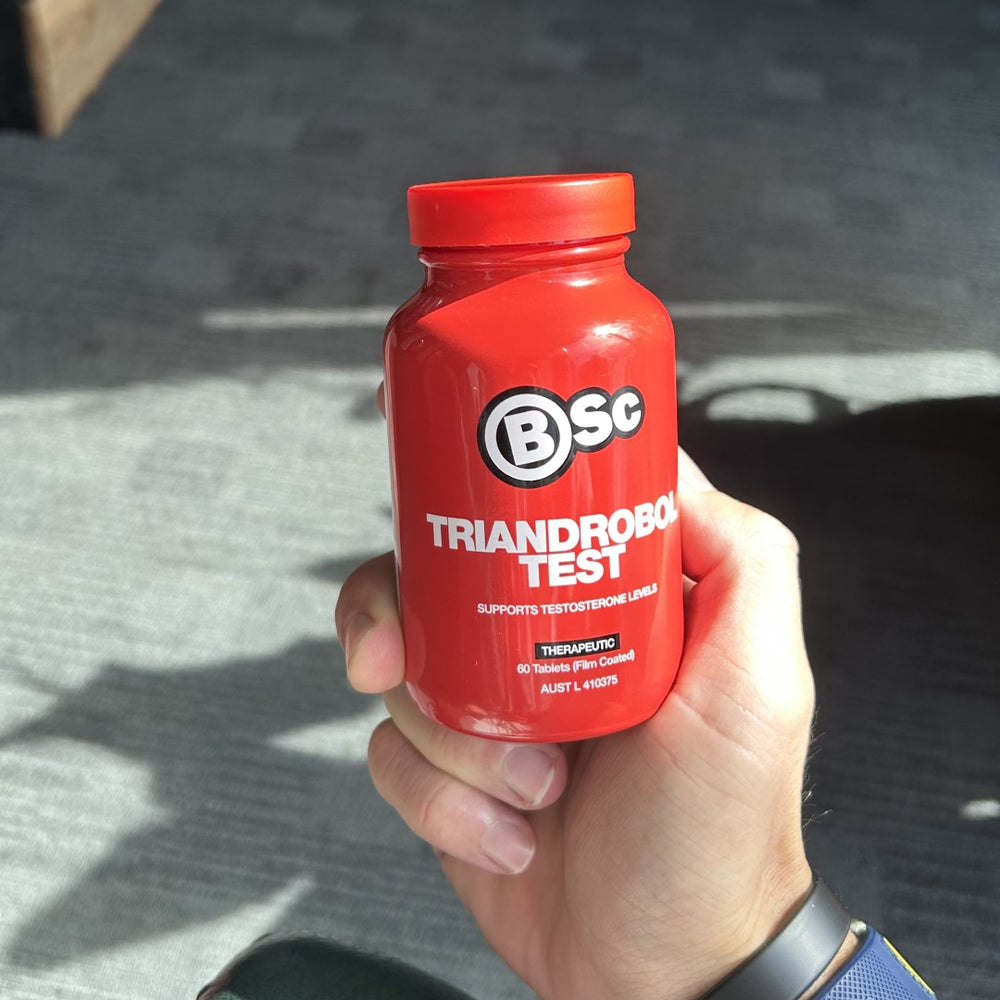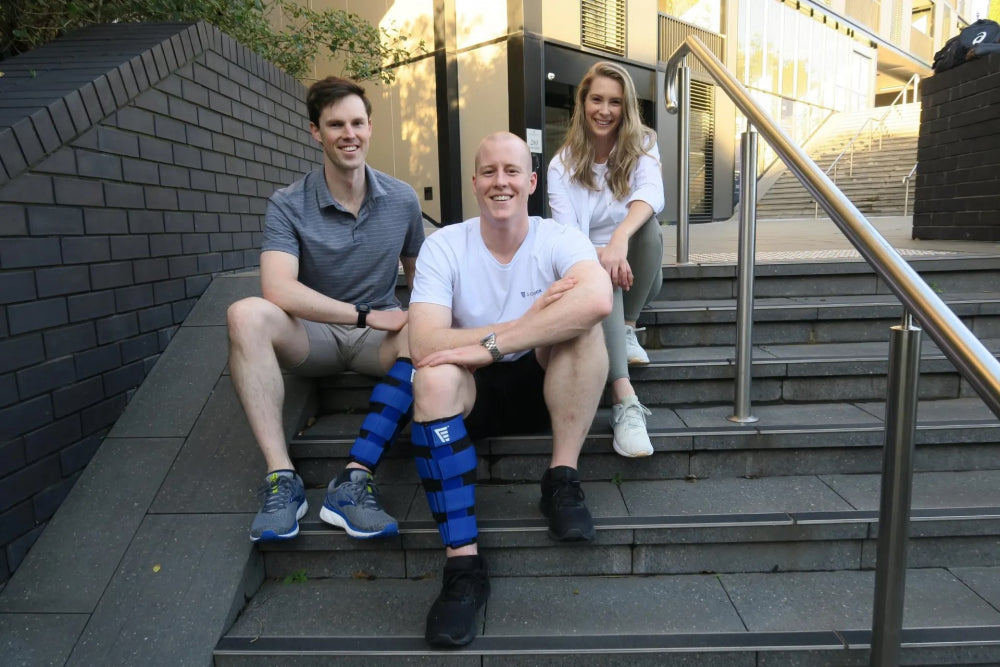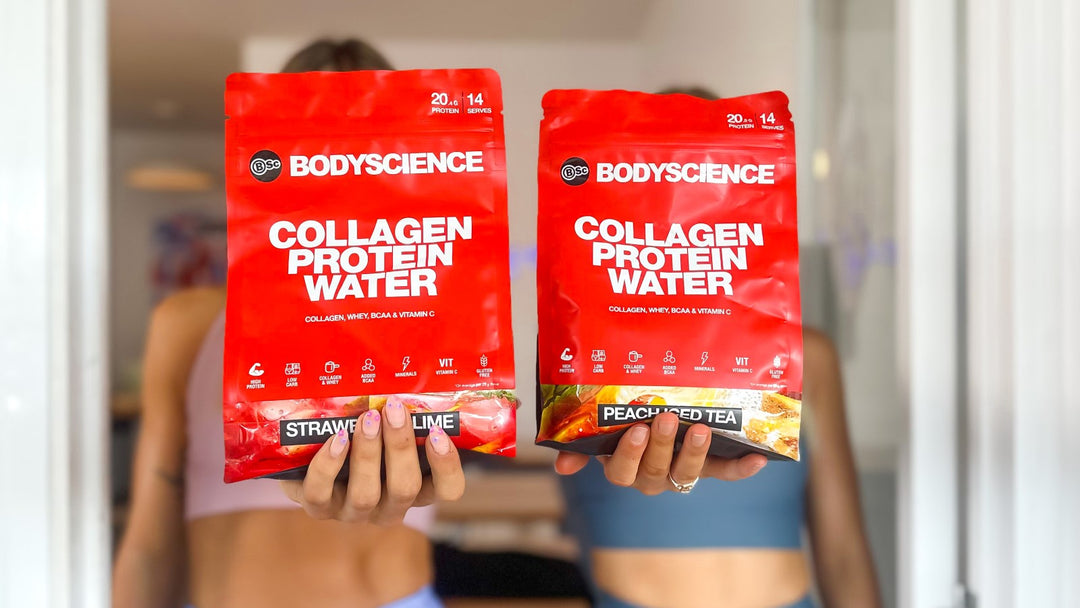Author | Ben Lindsay - Managing Director of Solushin
Ask a runner about the shin splints, and they will tell you that they, or someone they know, has spent countless training sessions hindered by the injury. But what exactly are shin splints, and what is the best treatment option for them?
Navigating The Shin Splints Umbrella
According to Dr Nat Padhiar, the British Lead Clinician and Team Leader for Podiatry at the London 20112 Olympic and Paralympic games, shin splints is a "meaningless non-specific broad term used by clinicians, athletes and coaches to describe pain in the lower leg and it may prevent patients getting a correct diagnosis and could lead to long-term damage as a result.
So, step one to more effective treatment is identifying what injury you have. Do you have medial tibial stress syndrome, a stress fracture, chronic exertional compartment syndrome, popliteal artery entrapment syndrome, tendinopathy or another exertional leg pain? Brisbane based Sports & Exercise Physician Matthew Hislop compiled an excellent summary table in a study on exertional leg pain. You can find that here.
As each injury varies in severity, the best first step is engaging your local sports physiotherapist, podiatrist or physician to get a thorough diagnosis. If they leave it at "shin splints", - you need to seek further clarification. If they are unable to provide that, I recommend you seek a second opinion.
I will focus on medial tibial stress syndrome for the rest of the article, the most common injury under the shin splints umbrella term.
What Is Medial Tibial Stress Syndrome?
Medial tibial stress syndrome (MTSS) is an injury of the lower leg that is frequently seen in runners.
Usually described as a "dull ache" or "burn" along the inside border (the same side as your big toe) of your shin bone, MTSS is known to be painful when running (and for some sufferers, when they get out of bed). Does the bottom third of the inside of the shin bone hurt to touch? Is this pain non-focal (for example, is it sore for 5cm or more?)
MTSS tends to occur when you've had a sudden increase in your training load. Is that starting to sound like something you're experiencing?
Without going into too much detail on the poorly understood pathophysiology (the physiological process responsible for the injury), we believe MTSS is a combination of:
1. Bone Loading - excessive loads on the shin bone causing tissue breakdown
2. Myofascial Pain Disorder/Traction - think "trigger points" in the soleus (calf) muscle causing a pull on the insertional sites of the soleus muscle into the shin bone
If you're experiencing pain on the other side of the shin bone, why not check out this article here on anterior shin pain?
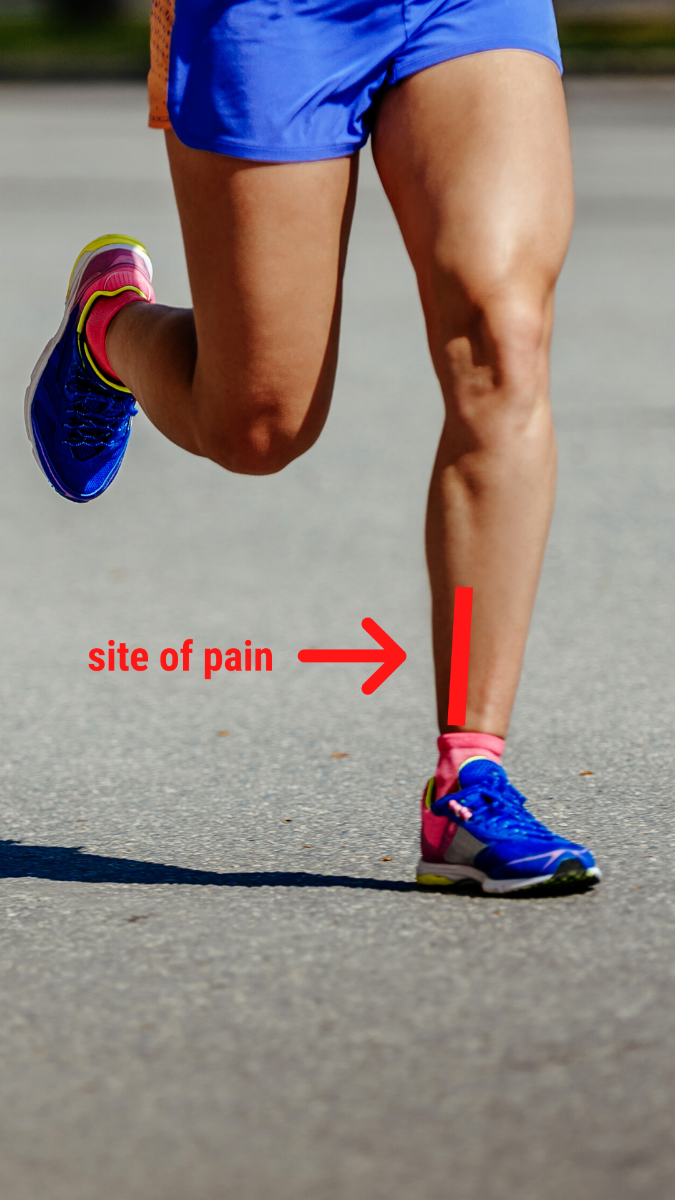
How To Treat MTSS
The Old (And Slower) Way
Being told you have MTSS as a runner is often a season ruiner. For most, it means stepping back and de-loading considerably so your body can heal. Rest was the single most crucial treatment for MTSS, but rest is not ideal for athletes.
In addition to resting and developing a load management program, strengthening and stretching have also been linked to treating MTSS.
So, why fix something that works? Treating MTSS takes a seriously long time. Take this randomised controlled trial as an example; it took roughly 110 days for 50% and 250 days for 90% of the runners to complete 18-minutes of pain-free running!
What if we could turn 250 days into something closer to 40 days? Imagine an extra 210 days of training.
The Newer and Faster Way - The Solushin®
The Solushin® is a new medical device invented here in Australia that does just that. Designed to be used in conjunction to load management, the Solushin® underwent a double-blinded randomised controlled trial in Sydney, Australia, and had the athletes returning to full-load training in 5-weeks! This was in comparison to placebo and load management which took more than 6-months.
The Solushin® is designed to be worn before or after training, while you sit down or walk around the house, for 30-mins to 2-hours. It works by:
1. Compressing the inflammation (periostitis) along the border of the shin bone
2. Reducing tension in the soleus (calf) muscle using Counter-Traction Technology™
In another study, the Solushin® has been shown to improve ankle dorsiflexion by an average of 21% in one hour. As a result, it's used widely as a recovery tool for athletes with issues surrounding poor dorsiflexion.
Struggling to access those studies? You can find the abstracts here.
What Does It Feel Like?
The Solushin® is not like a compression sleeve or a rigid brace. Instead, it enables you to apply focal compressive and torsional forces to your calf to treat the injury. You do not need to be immobilised and wear them while sitting down or walking around the house or at the track. You should experience:
1. Fast reduction in pain when wearing and shortly after wearing
2. A decrease in tension in your calves after wearing
3. Over time, a quicker reduction in pain as you progress through your running program
You won't experience an instant fix that will sort your MTSS out immediately. The Solushin® is quicker than other treatment options alone, but you still need to respect and appreciate the injury's nature; there is no overnight cure.
Who Uses It?

Edinburgh Rugby (Scotland) have been using the Solushin® to keep their players on the field
The Solushin® is being used by amateur to professional athletes. Notable user stories include:
1. Players at Edinburgh Rugby who have also partnered with Solushin® for additional research
2. World-champion and Olympic medallist James Magnussen in preparation for Channel 7's SAS Australia
3. Amateur runner Karli Musarra from running group Boobs On The Run
In addition to athlete stories, the Solushin® has received positive reviews from leading Sprint Coach, Roger Fabri of the Roger Fabri Speed Academy and Dr Ameer Ibrahim of Sydney Sportsmed Specialists and formerRoosters Chief Medical Officer with Ibrahim stating:
"The Solushin® is a revolutionary product that will change the way we treat shin splints. I've used the Solushin® on a few patients to date with excellent results."
How to Incorporate the Solushin® Into Your Treatment?
The Solushin® is designed to work alongside previous treatments and improve your return to pain-free running. So, ensure you firstly confirm your diagnosis of MTSS or another injury related to poor dorsiflexion.
1. Develop a load management program with your treatment partner or coach
2. Identify muscular weaknesses and imbalances for a tailored strengthening program
3. Wear the Solushin® for 30-mins to 2-hours after your runs as part of your recovery
4. Consider additional calcium and vitamin D supplementation
5. Stay diligent and persist with your load management programs design to avoid sudden overload
Good luck!



